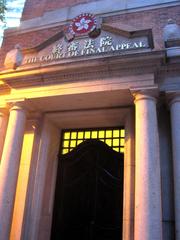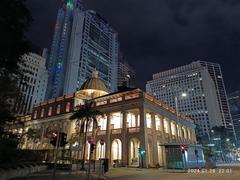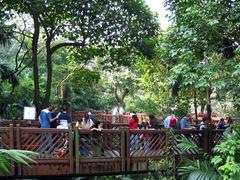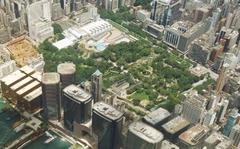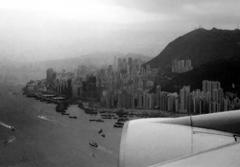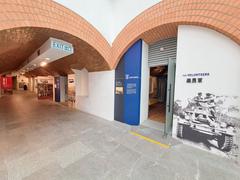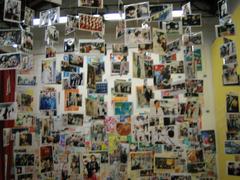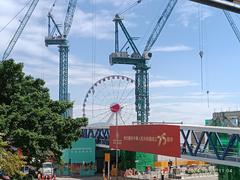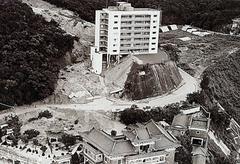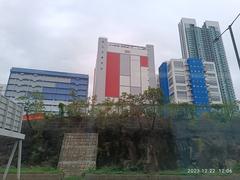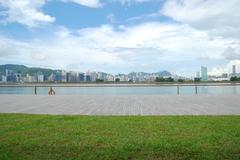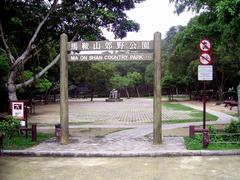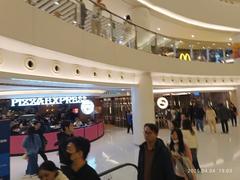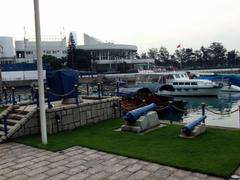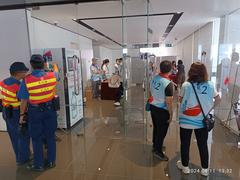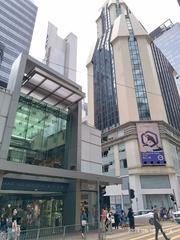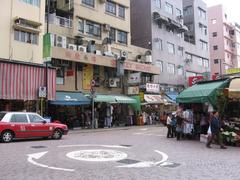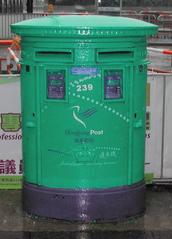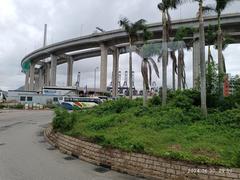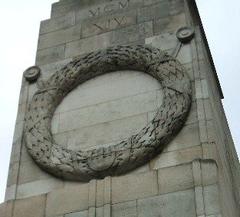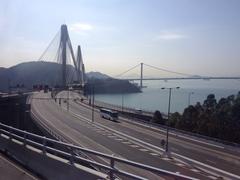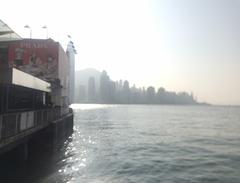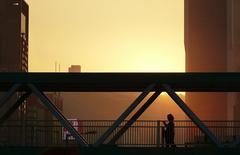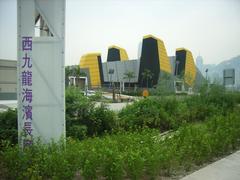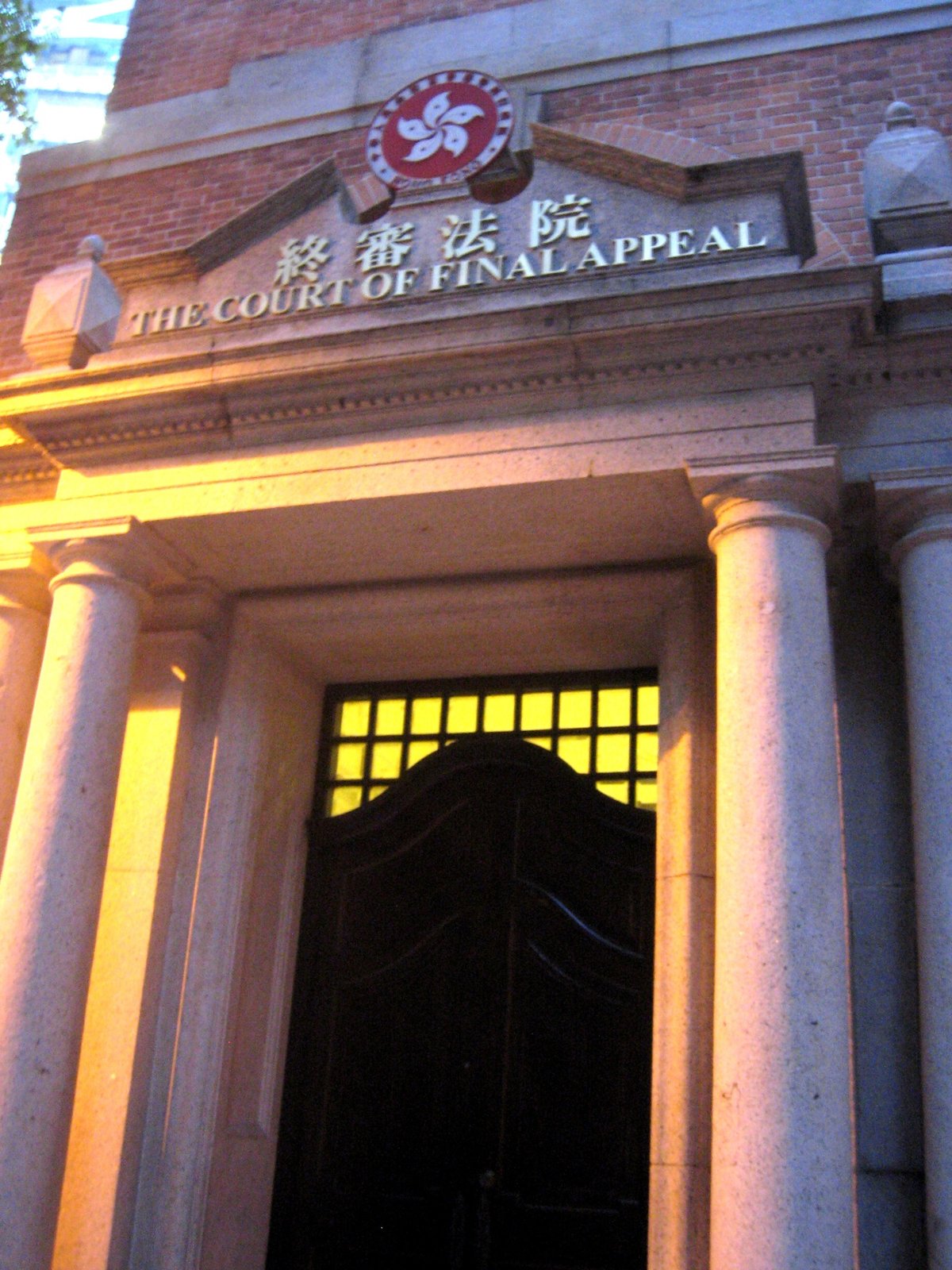
Former French Mission Building Hong Kong: Visiting Hours, Tickets, and Historical Significance
Date: 15/06/2025
Introduction
The Former French Mission Building, located in the heart of Hong Kong’s Central district, is a remarkable emblem of the city’s colonial past, architectural heritage, and multicultural identity. Originally constructed in 1917 by the Paris Foreign Missions Society, this Neo-Classical and Edwardian Baroque landmark has played multifaceted roles—from housing missionaries to serving as the site for the Court of Final Appeal after the 1997 handover. Today, as a declared monument under Hong Kong’s Antiquities and Monuments Ordinance, it draws visitors keen to explore its layered history and unique design. This comprehensive guide covers the building’s origins, architecture, cultural significance, visitor information, and practical tips to help you make the most of your visit.
Table of Contents
- Early Origins and Colonial Context
- Construction and Architectural Evolution
- Role During the Japanese Occupation
- Postwar Government Use and Legal Milestones
- Heritage Designation and Conservation
- Cultural and Diplomatic Significance
- Visitor Information
- Nearby Attractions and Travel Tips
- Architectural Details and Preservation Efforts
- Timeline of Key Historical Milestones
- Frequently Asked Questions (FAQ)
- Conclusion and Final Tips
- References
Early Origins and Colonial Context
The site of the Former French Mission Building traces its history to 1842, when it housed Hong Kong’s first Government House following the Treaty of Nanking. This period marked the city’s transformation from a fishing village to a British colonial outpost. The Government House was later demolished, paving the way for the Paris Foreign Missions Society to construct their headquarters on the site in 1917 (Antiquities and Monuments Office).
Construction and Architectural Evolution
Completed in 1917, the building was designed by Leigh & Orange for the Paris Foreign Missions Society. Its red brick façade, granite detailing, and imposing three-storey structure exhibit a blend of Neo-Classical and Edwardian Baroque styles—rare in Hong Kong’s urban landscape. Noteworthy are the building’s arched colonnades, high ceilings, wide verandahs for better ventilation, and a chapel crowned by a cupola. The integration of European architectural elements with practical adaptations for Hong Kong’s subtropical climate makes the building architecturally significant (Hong Kong Heritage Discovery Centre).
Role During the Japanese Occupation
During World War II and the Japanese occupation of Hong Kong (1941–1945), the building was requisitioned by Japanese authorities, likely serving as a government office or quarters for officials. Despite limited documentation, the structure survived the war relatively unscathed, bearing testimony to its robust construction and strategic importance (Hong Kong Museum of History).
Postwar Government Use and Legal Milestones
After the war, the French Mission resumed activities until selling the building to the Hong Kong Government in 1953. The site then housed various government offices, including the Education Department and the Victoria District Court. Most notably, it served as the home of the Court of Final Appeal from 1997 to 2015, marking a period of legal continuity and upholding the rule of law in post-colonial Hong Kong (Judiciary of Hong Kong).
Heritage Designation and Conservation
Recognizing its historical and architectural value, the building was declared a monument in 1989 under the Antiquities and Monuments Ordinance. This status ensures its preservation and protection from redevelopment. Conservation efforts have included careful restoration of original features such as granite columns, timber staircases, and stained-glass windows, reflecting Hong Kong’s commitment to safeguarding its heritage amid urban change (Antiquities and Monuments Office).
Cultural and Diplomatic Significance
The building’s origins as the Paris Foreign Missions Society’s Asian headquarters underscore its role in spreading Catholicism and fostering cultural exchange. Its location alongside landmarks like St. John’s Cathedral and the Former Central Government Offices highlights its place within Hong Kong’s administrative and religious core. The building epitomizes the city’s cosmopolitan character, having served both French missionaries and British colonial administrators (Discover Hong Kong).
Visitor Information
Visiting Hours and Tickets
The Former French Mission Building is primarily used by the Hong Kong Court of Final Appeal. Public access is usually limited to guided tours, open days, or special heritage events. Admission during these times is typically free, though advance registration may be required and group sizes may be limited. For the latest visiting hours, ticket information, and public event schedules, visit the Antiquities and Monuments Office or Hong Kong Judiciary.
Accessibility
The building is partially accessible to visitors with mobility challenges, with ramps and lifts installed in recent years. However, due to its heritage status and original architectural features, some areas may have limited wheelchair access. Contact the venue in advance to discuss specific needs.
Guided Tours and Special Events
Guided tours offer insights into the building’s architecture, history, and cultural legacy. Docent-led tours—often available in Cantonese, English, and occasionally French or Mandarin—cover the building’s construction, religious significance, and subsequent governmental use. Open days during heritage festivals or Hong Kong Heritage Discovery Month often include special exhibitions and expert talks (Antiquities and Monuments Office).
How to Get There
The Former French Mission Building is located at 1 Battery Path, Central, Hong Kong Island. The nearest MTR station is Central Station (Exit J2 or D2), just a five-minute walk away. The site is also accessible by tram, bus, or taxi, with nearby stops on Des Voeux Road Central and Queen’s Road Central (Hong Kong Free Tours).
Nearby Attractions and Travel Tips
Combine your visit with other Central district heritage sites, such as St. John’s Cathedral, Government House, the Former Central Magistracy, Hong Kong Zoological and Botanical Gardens, and Statue Square. For the best experience, visit during Hong Kong’s cooler, drier months (October–March) and consider joining a guided heritage walk (Discover Hong Kong).
Other tips:
- Book tours in advance as slots are limited.
- Dress respectfully—no sleeveless tops or flip-flops—especially when courts are in session.
- Be prepared for security screening at the entrance.
- Keep noise to a minimum, especially near courtrooms or offices.
Architectural Details and Preservation Efforts
The building’s red brick and granite exterior, elegant arched verandahs, and domed chapel define its unique character. Inside, visitors can find original timber staircases, mosaic-tiled floors, and decorative plasterwork, all carefully restored. Adaptive reuse and ongoing conservation efforts ensure the building remains structurally sound and accessible, balancing heritage protection with modern needs (Development Bureau).
Timeline of Key Historical Milestones
- 1842: Site of the first Government House, residence of the British Governor.
- 1917: Construction of the current building by the Paris Foreign Missions Society.
- 1941–1945: Requisitioned by Japanese authorities during the occupation.
- 1953: Sold to the Hong Kong Government; used for various official purposes.
- 1989: Declared a monument.
- 1997–2015: Home to the Court of Final Appeal.
- 2015–present: Adaptive reuse and conservation; open for public visits during special events (Hong Kong Heritage Discovery Centre).
Frequently Asked Questions (FAQ)
Q: What are the Former French Mission Building visiting hours?
A: Public access is limited to guided tours, open days, or heritage events. Check official websites for current schedules.
Q: Are tickets required for entry?
A: Admission is generally free for open days and special events, but advance booking is often required.
Q: Is the building wheelchair accessible?
A: There is partial accessibility. Some historic features may limit full access; contact ahead for details.
Q: Can I take photographs inside?
A: Photography is allowed in public areas but may be restricted in courtrooms or during proceedings.
Q: Are guided tours available in multiple languages?
A: Tours are usually in Cantonese and English, with occasional Mandarin or French offerings.
Conclusion and Final Tips
The Former French Mission Building is a captivating symbol of Hong Kong’s layered history, colonial architecture, and multicultural spirit. From its origins as the site of the first Government House, through its era as a French missionary hub, to its role in the city’s legal and administrative life, the building encapsulates the city’s evolution at the crossroads of East and West. While public access is limited, heritage open days and guided tours offer invaluable opportunities to experience its historical ambiance. For the most current visiting hours and event updates, consult the Antiquities and Monuments Office and Discover Hong Kong.
Enhance your visit by downloading the Audiala app for immersive audio guides, and follow us on social media for the latest news on Hong Kong’s heritage sites.
References
- Antiquities and Monuments Office
- Hong Kong Free Tours
- Hong Kong Heritage Discovery Centre
- Discover Hong Kong – Former French Mission Building
- Judiciary of Hong Kong: Court of Final Appeal Facilities
- Development Bureau – Conserving Central
- Hong Kong Museum of History
- Sumellist: Hong Kong Travel Guide 2025
